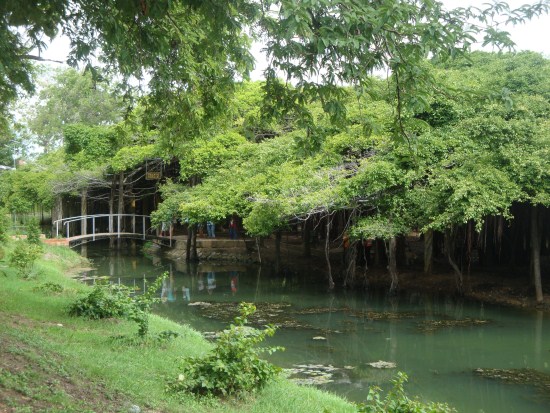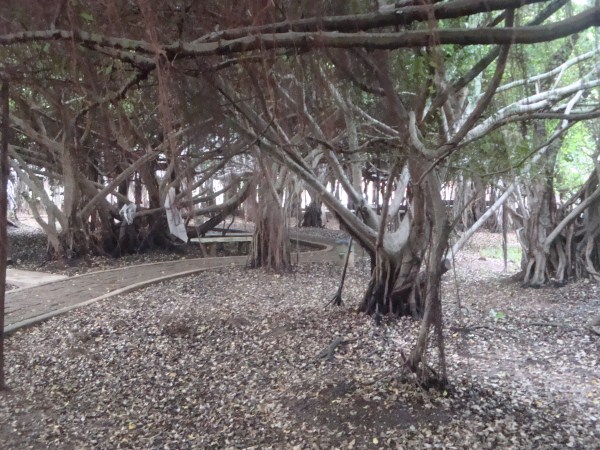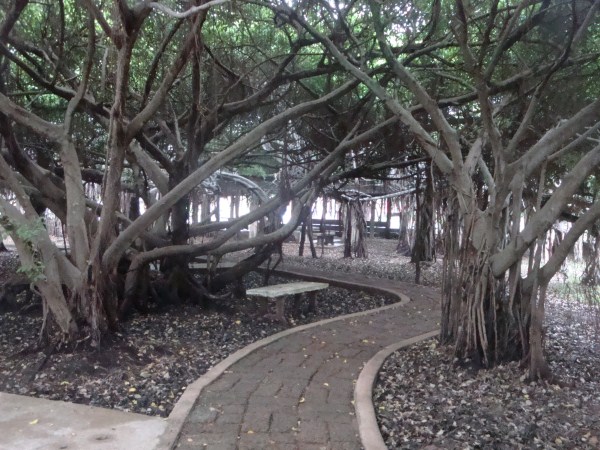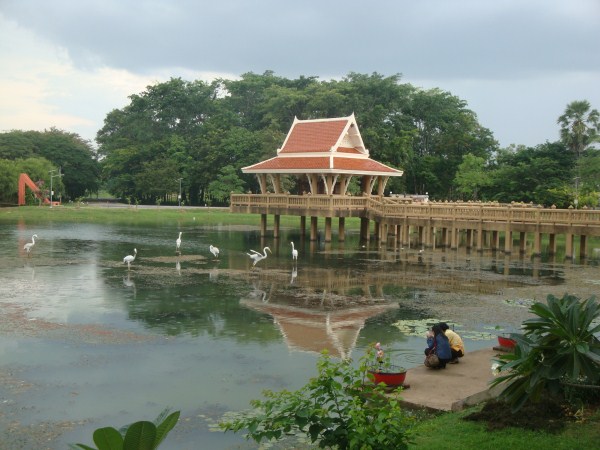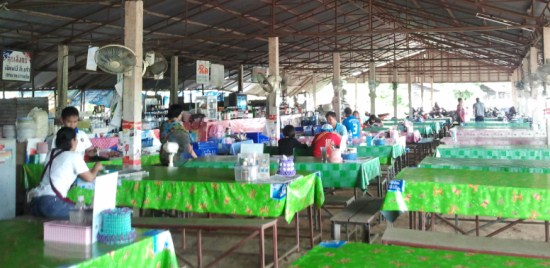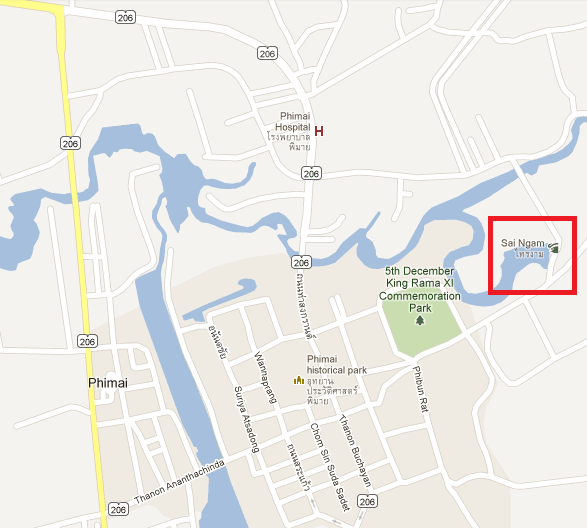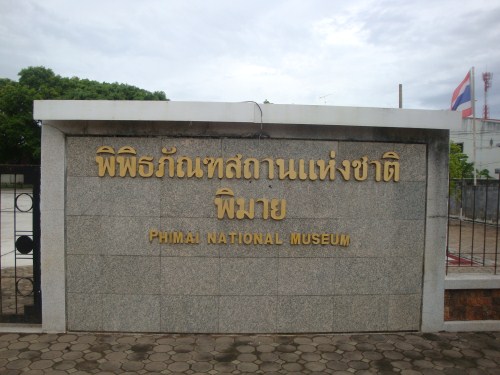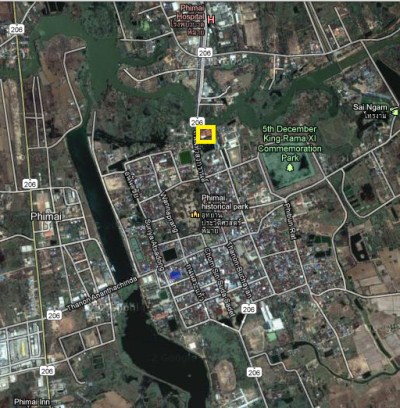How to make your own gratong
It will soon be loy gratong day again. Why not make your own gratong this year instead of buying one? It’s not too difficult if you can get the materials.
You will need:
– A slice of banana trunk or foam about 13cm diameter and 3cm thick
– Banana leaves to cover and decorate the base
– Small flowers for decoration
– Three incense sticks
– A small candle
– Scissors
– Pins, toothpicks and a stapler to hold things in place
How to put it together
1. First, check your slice of banana trunk floats. If it is too thick, it will sink.
2. Cut a banana leaf into strips slightly thicker than the thickness of your base.
3. Pin the strips of banana leaf to cover the edge of the base. Trim as necessary.
4. Place the base on a banana leaf and use a pen to draw around the base. Cut to shape.
5. Pin the round banana leaf cut-out to one end of the stem or foam base. Trim.
6. Make decorative shapes with banana leaf strips and pin them to the base.
7. Decorate the base with flowers. Use pins or toothpicks to stick the flowers to the base. For small flowers, use pins. For bigger flowers use toothpicks.
8. Push three incense sticks into the top of the base.
9. Push in a candle near the incense sticks. You might need to make a hole first using scissors.
Just before you launch your gratong into the water, light the candle, making sure the incense sticks start to burn.
In 2015, Loy Gratong takes place on 25 November.


